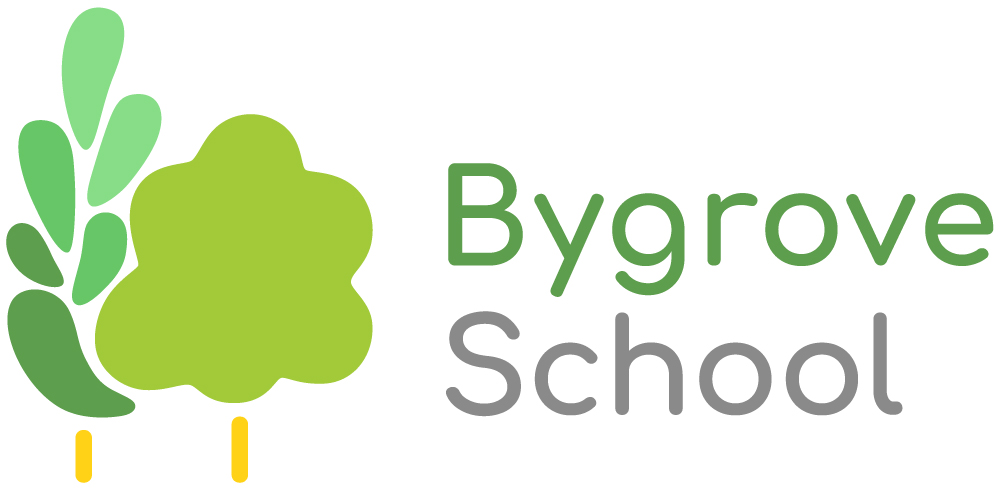Stephen Hawking Class

Year 2’s class name is inspired by Stephen Hawking, the highly respected scientist, who is best known for his research into the universe and black holes. He is a logical mathematical thinker who shows great determination in overcoming the barriers caused by his illness and enormous curiosity about the universe.
We start off in year 2 with a bang! Our classroom becomes a fiery furnace with lots of reds, oranges & yellows & we’ve got firefighters’ costumes & fire engines to use in our role-play. We need them because there’s fire-breathing dragons around too.
Everything we learn this term has a fiery theme; we learn about fire in the Stone Age; we find out about the Great Fire of London & the Gunpowder Plot & how those things affected London.
In science, we learn about materials and we design & make buckets to carry water so we can put out fires! Some buckets are more successful than others and we get a little wet but we learn so much. There is lots of singing too: we learn London’s Burning and lots of campfire songs.

For our trips and visits we go to the Museum of London to research the Great Fire & the fire brigade visit us so we know how to keep safe if there was ever a fire at home.
By the end of the first term we think we know all about fire; how amazing & useful & dangerous & beautiful it can be. We’ve written a diary like Samuel Pepys & instructions for baking bread. But, the most exciting thing we get to do is design and make 3D Tudor houses like the ones that burnt in the Great Fire!
When we return after Christmas, spring has already sprung in the classroom. The room has become a woodland filled with animals hiding, surviving and flourishing in their habitats. Some are well-camouflaged – others you can’t miss. From the very first time we set foot in the classroom in January, it becomes the wonderland that will carry us across the term’s learning. There are ponds & hidden homes; the room is dappled with bluebells.
With a scientist’s gaze, we examine closely the different creatures both big and small so that we can sort & classify them and, in maths, we learn how to gather, represent & interpret data about our discoveries.
We read Beatrix Potter’s stories about animals & we write stories of our own based on Julia Donaldson’s ‘The Snail & The Whale’. But that’s not all. Now we’re in Y2, we’re finding that there’s so much to write about. We write information pages about the animals that we find on our nature walks, using all the appropriate vocabulary & we write instructions for how to make a bird feeder … & then we make one ourselves!

In a term dominated by science, it’s still fun to learn in history & geography about the local area; about Charles Jamrach & his local menagerie & Dr Barnado who was more interested in people than in animals – & in particular about helping Poplar’s children.
By the end of term, we’re especially proud of ourselves. We were brave; we lifted that rock, we peeked under that log & we discovered what was hidden beneath.
It’s the final term of the year; we’re getting a bit older now & starting to think about travelling the world. Where can we go? How can we get there & what will it be like when we do? Our room becomes a travel agent’s; there are maps & globes everywhere & there’s a plane to take us to far off places. We’ve got sunglasses, suitcases to pack & lists to make before we go.
Everything we learn is set in the context of travelling the world; we do loads of problem solving in maths especially with measures such as distance, time & weight; learning about measuring temperatures is also helpful for planning a world tour!
We read short stories from other cultures in English & write an information leaflet about Africa; in science we learn how living things are suited to the habitats in which they live. In RE, we attempt to answer the question, ‘How should we care for others and the world and why does it matter?’ We discover music & instruments from other countries & cultures and we start to learn the Ukelele.

We become proficient users of atlases, learning about the continents & the oceans & how it all fits together on the globe. Our art & design is all about architecture – we take a good look at buildings on our trips around the local area – & our D&T is all about food. We learn about the food groups & how important hygiene is when we’re creating our dishes.
By the end of the term, we are seasoned travellers; we’ve done lots of travel writing & made passports. But the most exciting thing is that we’ve had the chance to plan & go on a journey together!


